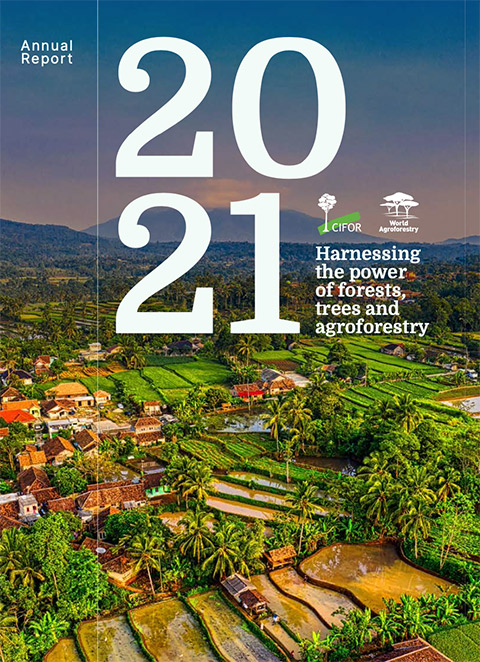Among nature-based solutions to the climate crisis, tree planting is hailed as king. Done right, it can both mitigate climate change and boost resilience to its effects, while also addressing the other global challenges. Done wrong, it can harm ecosystems or simply fail, discouraging further investments.
The tree-planting value chain is broken. In the rush to put seedlings in the ground, tree seed is often bought from undocumented sources to supply project-funded nurseries, which then distribute tree seedlings to growers at no charge.
“This undermines existing networks of small-scale commercial seed dealers and private tree nurseries that could guarantee a more sustainable supply of better quality germplasm,” says Ramni Jamnadass, who co-leads the Transformative Partnership Platform (TPP) on the Quality of Tree Planting with Lars Graudal.
Building on over 30 years of experience in the science and practice of tree planting, the TPP responds to the need to support quality-focused engagement between tree planters and investors.
A 2021 policy analysis put the value of fixing this value chain in sharp focus, using the example of the African Forest Landscape Restoration initiative (AFR100), which aims to restore 100 million ha of degraded land by 2030.
“We estimate that investing a mere 5% more in tree seed supply ... would sequester a further 19 million tonnes of carbon, reduce annual soil erosion by a further 4 million tonnes, and generate at least 80,000 more jobs in the harvesting, processing and marketing of new tree products,” says Lars Graudal.
A worthy investment, indeed.
Supported by FTA, Norwegian International Climate and Forest Initiative (NICFI)
Tools for better trees
CIFOR-ICRAF has made a vast array of resources freely available through the Global Tree Knowledge Platform. These include the vegetationmap4Africa, the Useful Tree Species for Eastern Africa selection tool, a climate change atlas for Central America and other databases, maps and apps, guidelines and analyses.

